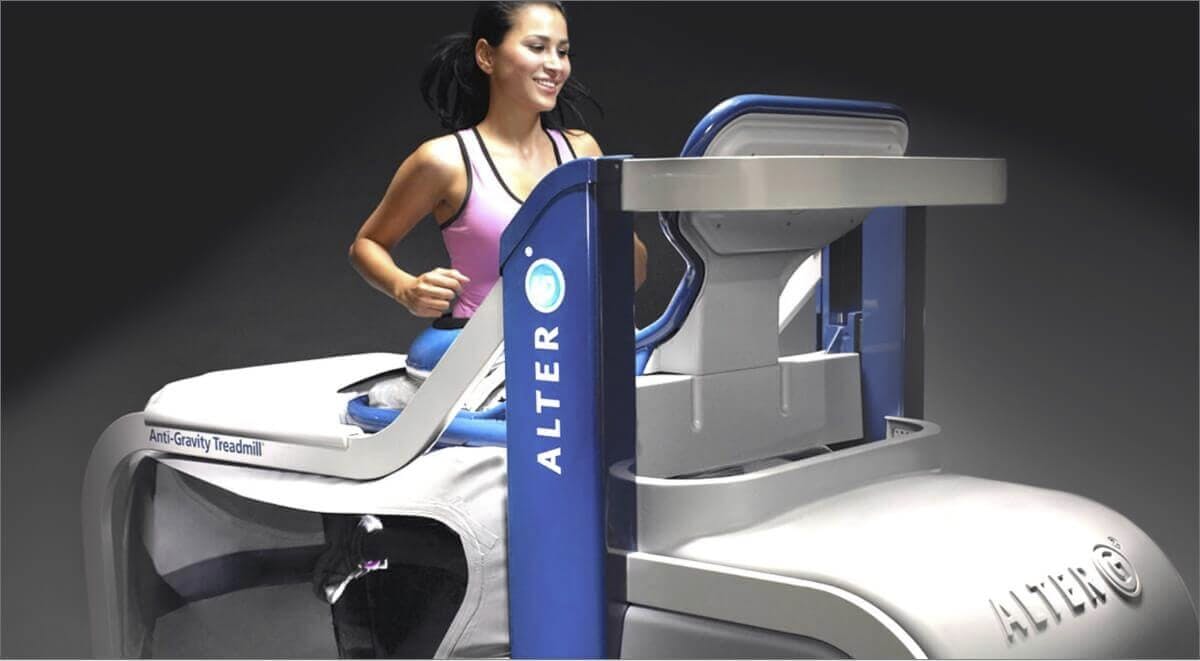There is no typical runner, but running analysis can figure you out. Prevent running injuries. And help in ways that might surprise you.
Reading time: 7:29 minutes
In theory, you can have your running analysis at any of several commercial running shoe stores. We are sure the stores are well intentioned. But to be blunt, professional running analysis or gait analysis makes the shoe store look like a kindergarten.
A detailed, individualized analysis of your body motion while running can prevent injuries, help your injury, and provide invaluable self knowledge.
Gait analysis, like that used at Brooklyn’s Park Sports Physical Therapy, is evidence-based and holistic as we shall see.
And moreover, the benefits are similar for walkers. To top it off, a gait analysis can also help patients who suffer from the lower extremity conditions such as knee pain, hip pain and ankle pain.
Jump to:
- No typical runner, few typical injuries
- Today’s Running Analysis is Holistic
- What is the Park Sports Running Analysis Program
- What Happens During Running and Gait Analysis
- Your customized program
- Getting back on track
- FAQ
No typical runner, few typical injuries
Injuries from running have skyrocketed in the last decade, even before the current pandemic which has channeled many active people into outdoor running. The percentage of all runners who end up injured recently, has been calculated to be in a range from 26% to a dizzying 92%. 1.
Why that number has spiked is hard to pin down, since there is no typical runner. The habits, strength and stamina of, say, somebody running for half an hour before work, and an ultramarathoner are pretty different.
But these many differences go to an important, not to say critical point: only a professional running analysis can pinpoint the factors that make up your individual needs. An individualized, scientific analysis is key.

Today’s Running Analysis is Holistic
In the not so distant past, therapists looked for the cause of injury almost solely in foot motion, especially pronation (the natural motion of the foot when landing). And while pronation is still an important part of running analysis, we know that much more is involved.
An advanced physical therapy clinic begins with the understanding that running injuries are, as we say, “from the top down.” This means that hip and pelvic motion, as well as whole body position can be as important as the mechanics of the foot and ankle themselves. It is a whole body analysis.
And more, the physical therapist will explore your life “outside running:” your goals for running, your eating and sleeping habits, and how you train.
What is the Park Sports Running Analysis Program
At Park Sports, an in-depth assessment consists of whole body video-assisted evaluation and a functional movement assessment.
The components of your running motion are isolated and studied in detail. In particular, we look at:
- Foot strike (the way your foot contacts the ground),
- Loading rates ( how quickly your weight is transferred when contacting the ground)
- Speed (For example, minutes per mile)
- Cadence (Number of steps per minute)
- Symmetry of pelvis
What Happens During Running and Gait Analysis
Analysis centers on the gait video. While you run on a treadmill, the video is recorded from various angles while you run in place at a predetermined speed. The images, as you can guess by now, picture your entire leg from hip to toe, not just foot and ankle.
The resulting data is uploaded to a specially-designed computer program for analysis.
Following video recording, the Physical Therapist completes a hands-on, static (non-running) examination.
Finally the Therapist examines the video in slow motion, picking up every detail, and also considers the findings from the static examination. A unique and detailed report is created for each individual.

AlterG Machine
Your customized program
This final report and treatment plan by your therapist is thorough. It consists of relevant findings from the analysis and examination, setting out for you a customized exercise program and guidelines for training.
It can be modified in various ways, including reducing impact weights, if you are dealing with an injury.
This is done using the advanced Anti-Gravity Treadmill made by the company AlterG to calibrate and reduce stress on your leg. Originally invented by NASA for the space program, the AntiGravity Treadmill uses air pressure to decrease and control the forces your body generates when your leg strikes the ground.
Getting back on track
Running analysis and the treatment program that follows is designed to get you back up and running as fast as possible, and in a healthier, more knowledgeable way. It’s a huge bonus: far greater self knowledge of your body, how it runs, and how to take care of it, so you can be self-sufficient and greatly extend your running life.
Take 15 minutes, and write or call us about a running analysis at Park Sports.
FAQ
What is running analysis?
It is a method of analyzing a runner’s body movements to derive a detailed picture of how a person walks or runs.
Is running analysis worth it?
Yes! It can result in a treatment plan for healing an injury, draw up a program to prevent injury, and deliver priceless knowledge about your body and running style so you can be self-aware and knowledgeable in the future.
But can’t you receive gait analysis at any athletic shoe store?
While these services at commercial shoe stores are no doubt well intended, they are extremely limited medically. And studies show that variations in foot mechanics have no relation to choosing a shoe model.
How long does running analysis take?
A running analysis session at Park Sports Physical Therapy typically lasts from 30 minutes to an hour.
How much does running analysis cost?
The cost of a session depends on the condition being treated. An injury condition, for example, will necessarily involve more time, testing and perhaps consultations with your podiatrist.
What conditions may benefit from running analysis?
A surprising range of conditions:
.png?auto=format&auto=compress&h=150)